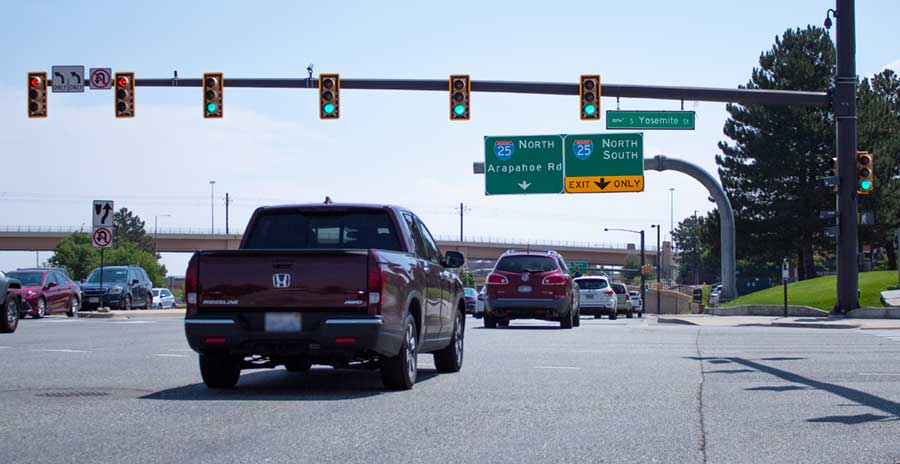By Navjoy
Several smart city technologies can and should be applied to transportation, but right now, Artificial Intelligence cameras are at the top of the list. Video capabilities have evolved dramatically in recent years and AI cameras have the biggest potential for dramatic change.
Specialized detection
Traditional traffic cameras were simple. It would show the video feed, and the user was responsible for noticing anomalies. This process worked when there were very few cameras to monitor. Except now, states like Colorado can have upwards of 800 cameras and it no longer becomes feasible to monitor each individually.
AI cameras eliminate that need by detecting the incidents for the user and producing a notification for the user to take action accordingly. Additionally, AI cameras can be trained to distinguish various items, shapes, or movements; for example, a camera could be trained to recognize the difference between a FedEx truck versus a UPS truck.
As another real-world example, at Navjoy, we trained a Bosch AI camera in our office to detect and count individuals wearing face masks. This type of functionality allows us to explore new use cases.
Actionable alarms
When an AI camera detects irregularities such as a stalled vehicle, an accident, a wrong-way driver, or debris in the roadway, it will alert the user, who can then act accordingly to solve the situation. For example, if there is a stalled vehicle and the individual monitoring can be notified in real-time instead of waiting for another driver to report it and the response time is likely to be faster.
Also, because the cameras can detect these irregularities and send an alert, they can also be integrated with other Intelligent Transportation Systems (ITS) and Internet of Things (IoT) devices to trigger an automatic response. For example, if a camera at an intersection detects a pedestrian in a crosswalk, the camera could send an alert to the signal that would trigger it to extend the walk time, if needed.
Counts
Although the process automation and actionable alerts provide results instantly, data collection and traffic counts are more long-term, often overlooked benefits of AI cameras. Because of their detection capabilities, these cameras can be trained to “see” and count different types of objects. This means that agencies can effortlessly collect data on things like Average Daily Traffic (ADT), pedestrians, bicycles, scooters, or wheelchairs.
Also, different brands of vehicle (FedEx truck vs. UPS truck) can be identified and counted, providing more information. Knowing these numbers helps agencies better plan for future projects like bike lanes, crosswalks, etc. It can also help solve problems that arise. For example, if you notice traffic back-ups because delivery trucks are often blocking a lane, you can then check counts and see which brand of delivery trucks you most often have on your corridor and speak to them about the concern.
Knowledge is power and currently, AI cameras are one of the best technologies for knowledge in the business. However, not all AI cameras are the same. Navjoy can help you with device assessment, selection, procurement, installation, and implementation.
We will help you make a seamless transition from traditional to AI. Visit our technical project management page or email us at communication@navjoyinc.com to learn more.


